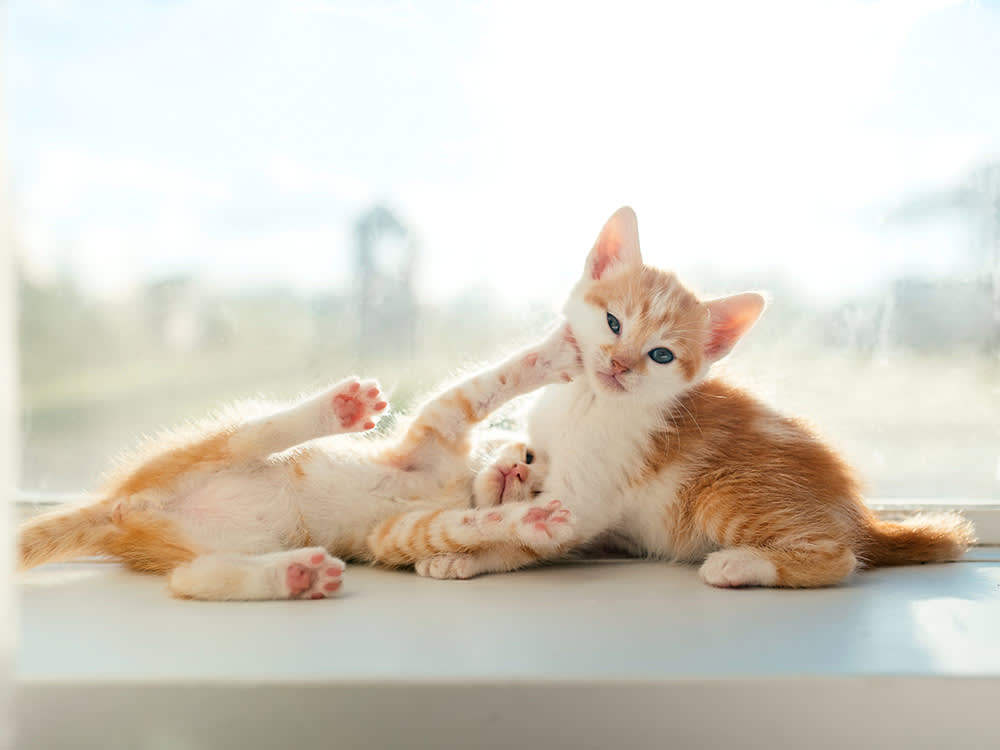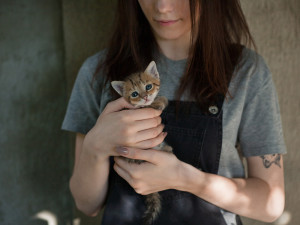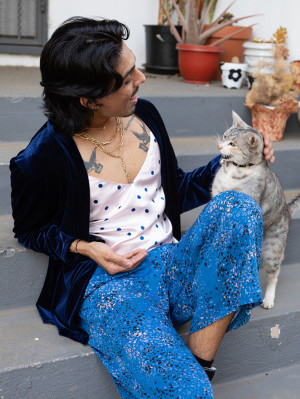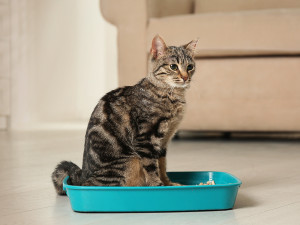Pros and Cons of Adopting Two Kittens From the Same Litter
Is it double the trouble or double the fun?

share article
If, like me, you have a habit of idly browsing rescue cats when you’re meant to be working (not that I did that when putting together this article), you’ve probably seen some kittens listed as only to be adopted in sets of two. Usually litter mates, and often flagged as pair bonded, the adoption centre will only let them out of sight if they go with a sibling. Adding an unexpected extra animal to a household is a big decision, so why might you adopt a pair of kittens? And why not?
What is pair bonding?
Despite their reputations as loners, cats are actually intensely social animals (as you may know from having one that refuses to leave you alone when you go to the toilet). Oftentimes, when two cats spend a substantial amount of time together, they’ll pair bond, forming a close relationship where they’ll keep each other company. They’ll often groom one another, play together, sleep cuddled up and just generally be close.
Bonded pairs will often be from the same litter and have most likely grown up together. But other times there can be a significant age difference, and the cats may have bonded prior to coming to the rescue centre, or within its walls. In situations where there’s an age difference, the older cat can also help reinforce positive behaviours in the younger one, making sure it behaves.
Pros of adopting kittens from the same litter
The biggest advantage to pairing cats is that they act as companions to each other. They play with one another when you might not have the time, and can curb destructive behaviours that can result from boredom. However, they also slightly ramp up destructive behaviour that comes from chasing one another around the house at 3am because they decided that was the time for a game of kitty tag.
As Dilara Göksel Parry, Certified Cat Behavior Consultant at Feline Mindsopens in a new tab and Cat Town Oakland’s Program Manageropens in a new tab put it: “From the behaviour perspective, adopting two kittens the same age, if you don’t have a young cat at home is, super-valuable for them and usually makes for an easier experience for the adopter as well. What we find is that it prevents issues like play biting and attention seeking, destructive behaviours, as well being developmentally necessary for them to have social time when they’re young.”
LeeAnna Buis, Certified Feline Training and Behavior Specialist at Feline Behavior Solutionsopens in a new tab reinforced this point saying, “Kittens have an incredible amount of energy. They are all about learning how to cat, right? They’re learning how their legs work, how their claws work, how their teeth work, what they can balance on without falling off, what they can climb… and having a buddy for them is a really good way to help manage that energy so that it's not all on their people. To try to give them that engagement.”
The transition from a rescue centre to home is also easier for a pair, as they provide one another with some level of familiarity and support in a new and sometimes scary situation.
Most rescue and adoption organisations will refuse to split a bonded pair, but the benefits of being around other cats is strong enough that some groups will refuse to adopt out kittens that won’t have any feline companionship. As Cat Town Oakland puts itopens in a new tab, “adopting two kittens is in the best interest of both the cats and their humans, as we see positive behavioural attributes in households with two versus one cat.”
Buis also points out, “If the option is you’ve already got one cat at home and you can only adopt one more, half the kittens in shelters don’t get adopted because they can’t be adopted in pairs. I opt for single adoptions over kittens not being adopted. But there are definitely some benefits to adopting two kittens if that’s feasible for you.”
Cons of adopting a sibling pair
The biggest downside of adopting a pair of cats is the cost. While adoption fees are generally slightly lowered for a pair, once you get them home it’s a different story. That’s twice the food, twice the litter scooping and twice the care over the course of a cat’s life. And most significantly, that’s potentially twice the medical billsopens in a new tab.
Anyone who has stared down a sudden major vet fee knows how shocking that can be, and the chances of it happening twice as often can be scary. Hint: go for pet insurance if you can. Dilara confirmed this for us saying, “The only downside is financial. I tell people to offset that (and I’ve done this myself) and get insurance while they’re young. Because it’s the big bills that kill you – £5,000, and then it’s £10,000 if you get two!”
Even the friendliest cats will roughhouse, which can be startling if you’re not used to it. Hopefully it’ll end quietly and quickly, but there’s always the chance of knocked over objects, raised hackles and general chaos.
The downside of the emotional bond that can form between cats is that, much like humans, they worry about one another. If one has to go into the hospital or one passes away, your other cat is going to go through a hard time, just like you are. And unlike you, they won’t have the context to understand what’s going on.
Also, you can’t be 100 percent sure that your two cats are going to love each other. “Cats are individuals,” says Buis. “Some cats just don’t love other cats, some cats don’t love specific other cats.”
If you have the time, space and availability, adopting multiple cats is the best option for the cats themselves. The companionship it provides them, as well finding homes for twice as many pets at a time, is a significant plus. Whilst it might not be the right choice for everyone, there are many wonderful kitties out there already tightly bonded who would love to come home with you as a pair.

Tim Barribeau
Tim Barribeau is a freelance writer, editor, cat dad, and “help your boyfriend buy a suit that actually fits for once” consultant. He was previously the Style and Pets editor at Wirecutter, and has bylines at a bunch of publications that don't exist anymore (and a couple that still do).
Related articles
![cat hissing under chair]() opens in a new tab
opens in a new tabCat Hissing: Fair Warning or Fighting Words?
Your cat’s hissy fit could mean ‘Don’t test me’ or ‘Let’s do this’. It’s best not to call their bluff
- opens in a new tab
What to Know About Runny Noses in Cats
Nasal discharge doesn’t sound cute, but you need to know what to look out for
![Cat sitting in a teal litter box]() opens in a new tab
opens in a new tabMastering the Art of Litter Box Training: How to Train Cats to Use a Litter Box
If you do nothing else, teach your cat to poo in their litter box (not in your shoe)
![vet smiling at dog]() opens in a new tab
opens in a new tabA Vet Explains How To Keep Your Pet’s Medical Bills Low This Winter
As a vet working in emergency practice, I often see cases where these bills could be reduced or avoided altogether






